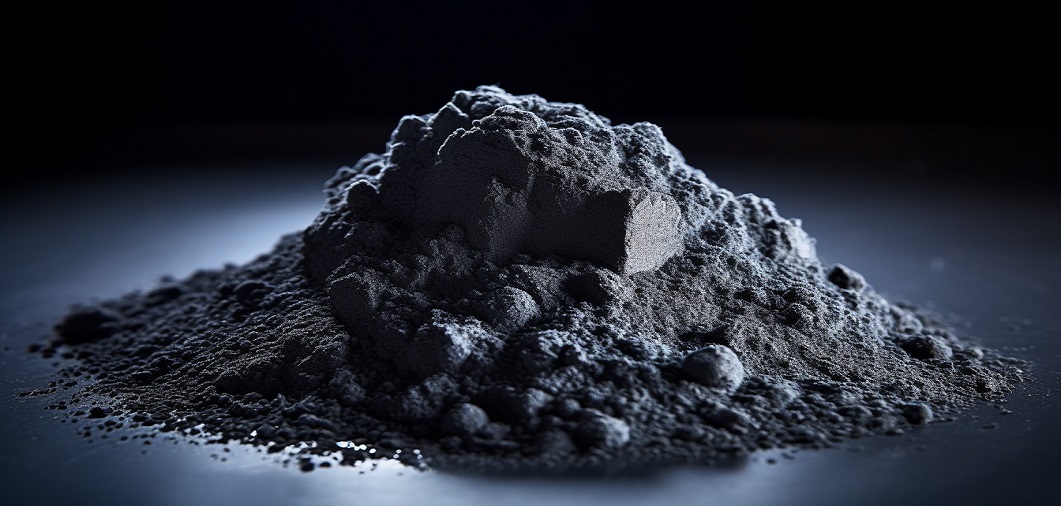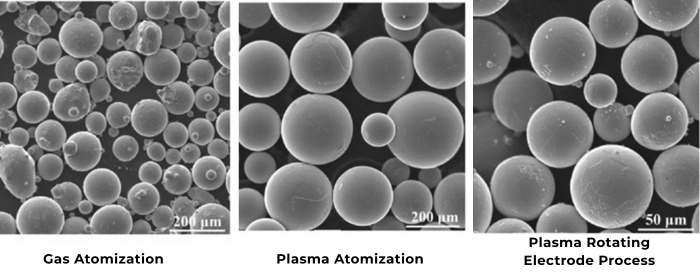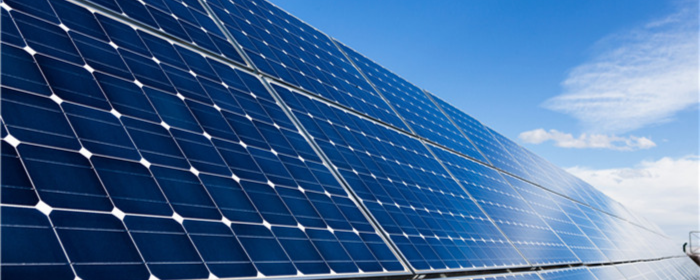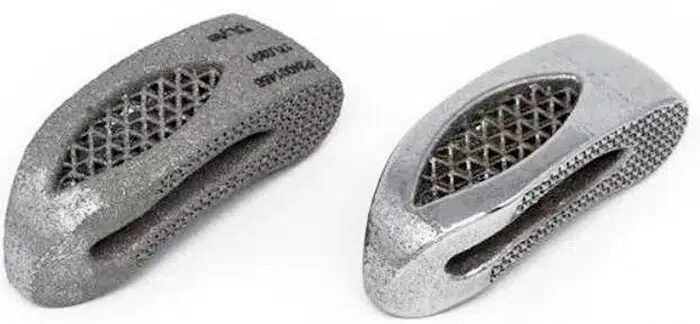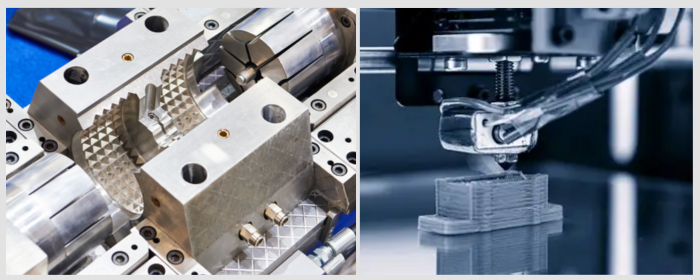

When it comes to protecting and enhancing steel surfaces, the age-old debate between steel powder coating and traditional painting continues to persist. Both methods have their merits and applications, but which one is better for your specific needs? To answer this question, let's explore the strengths and weaknesses of each approach and when to choose one over the other.
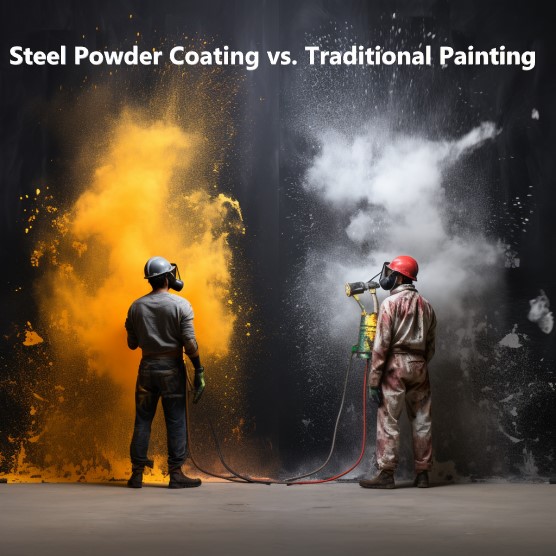
Steel powder coating is a contemporary process that has gained widespread popularity in various industries. This technique involves electrostatically applying a dry powder to a steel surface, followed by baking it in an oven to create a protective, durable finish. Here's why it's considered a modern marvel:
1. Durability: One of the key advantages of steel powder coating is its durability. The cured powder creates a tough, resilient finish that can withstand harsh environmental conditions, including UV exposure, chemicals, and physical impact. Traditional paint may chip, crack, or fade over time, while powder coating maintains its integrity.
2. Aesthetic Versatility: Powder coating offers a wide range of colors and finishes, allowing you to customize the look of your steel components. Whether you desire a high-gloss, matte, or textured appearance, powder coating can deliver a consistent, professional finish.
3. Environmental Friendliness: Powder coating is an eco-friendly choice. It produces minimal waste as any overspray can be collected and reused, and it doesn't contain the harmful solvents found in liquid paints, making it safer for both the environment and those applying it.
4. Uniform Coverage: Powder coating provides even and uniform coverage, even on complex or irregular shapes. This results in a polished, high-quality appearance with no brush marks or drips.
5. Corrosion Resistance: Steel is prone to corrosion, especially in outdoor or high-moisture environments. Powder coating acts as a barrier, preventing moisture and contaminants from reaching the steel surface, thereby inhibiting rust formation.
6. Cost-Effective: While there may be an initial investment in powder coating equipment, the long-term benefits, including reduced maintenance and replacement costs, make it a cost-effective choice.
Traditional painting, on the other hand, has been in use for centuries and is a tried-and-true method of adding color and protection to steel surfaces. Here are some of its notable features:
1. Simplicity: Traditional painting is a straightforward process. It involves applying liquid paint with brushes, rollers, or sprayers, making it accessible for DIY enthusiasts and smaller-scale projects.
2. Variety of Applications: Traditional painting is versatile and suitable for a wide range of surfaces, from walls to steel structures. It allows for artistic expression, and custom colors can be easily mixed.
3. Immediate Gratification: Traditional painting often dries quickly, allowing for faster project completion. This is ideal for situations where time is a critical factor.
4. Lower Initial Cost: The equipment and materials needed for traditional painting are generally more affordable than powder coating systems, making it a budget-friendly option for small-scale projects.
5. Maintenance: Traditional paint may require more frequent touch-ups and maintenance, especially in high-wear or outdoor settings. This can increase the long-term cost of the paint.
The choice between steel powder coating and traditional painting depends on the specific needs of your project. For applications where durability, corrosion resistance, and a professional finish are essential, steel powder coating is often the superior choice. It excels in industries such as automotive, architecture, and industrial machinery.
Traditional painting is still a valuable option for smaller projects, artistic expression, and those with budget constraints. It can provide immediate results and is more accessible for DIY enthusiasts. However, it may require more frequent maintenance and touch-ups, making it less suitable for high-traffic or outdoor environments.
In the end, the "better" option comes down to your project's requirements and goals. Whether you choose the modern marvel of steel powder coating or the familiar approach of traditional painting, both have their place in the world of steel surface protection and enhancement.

